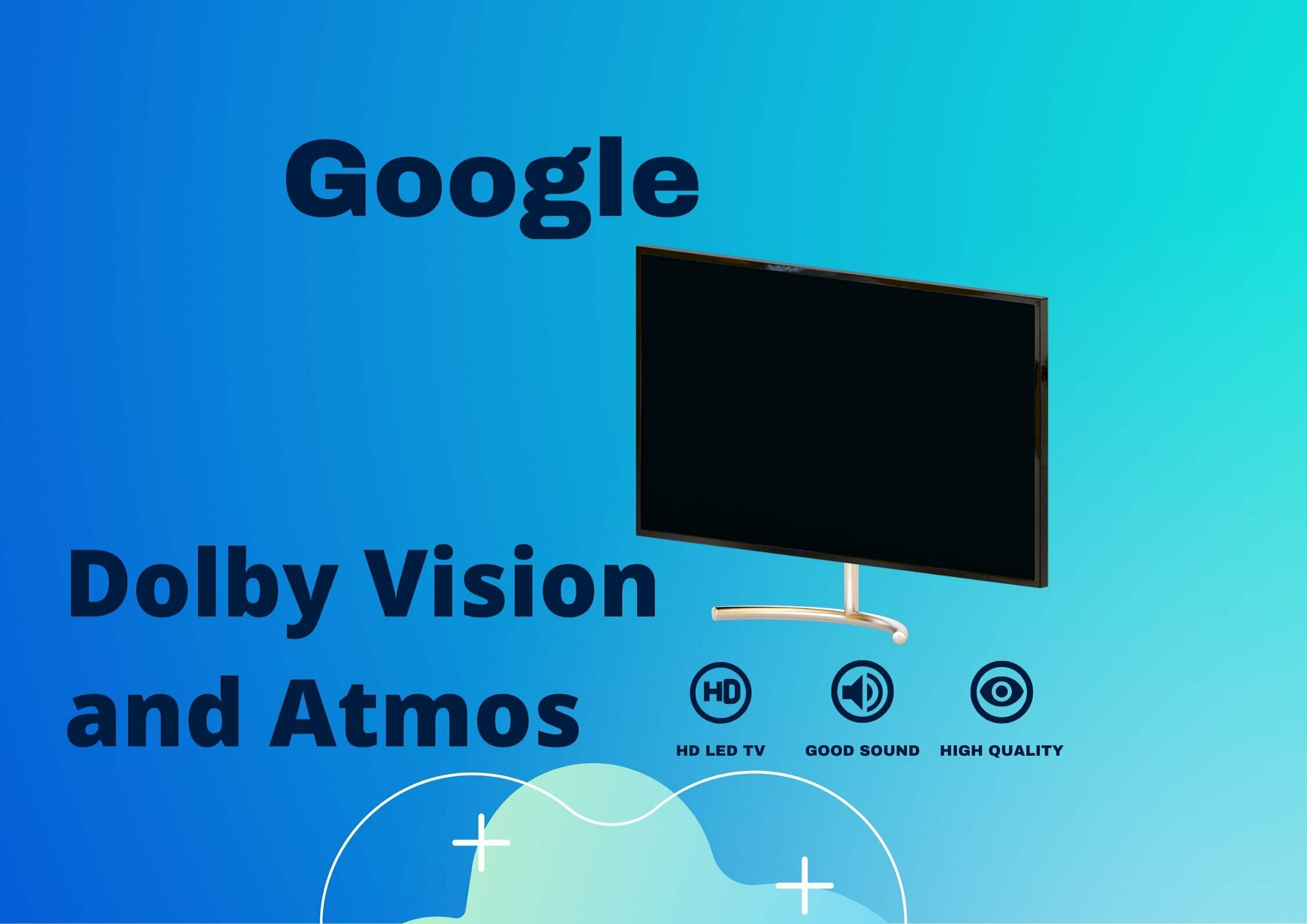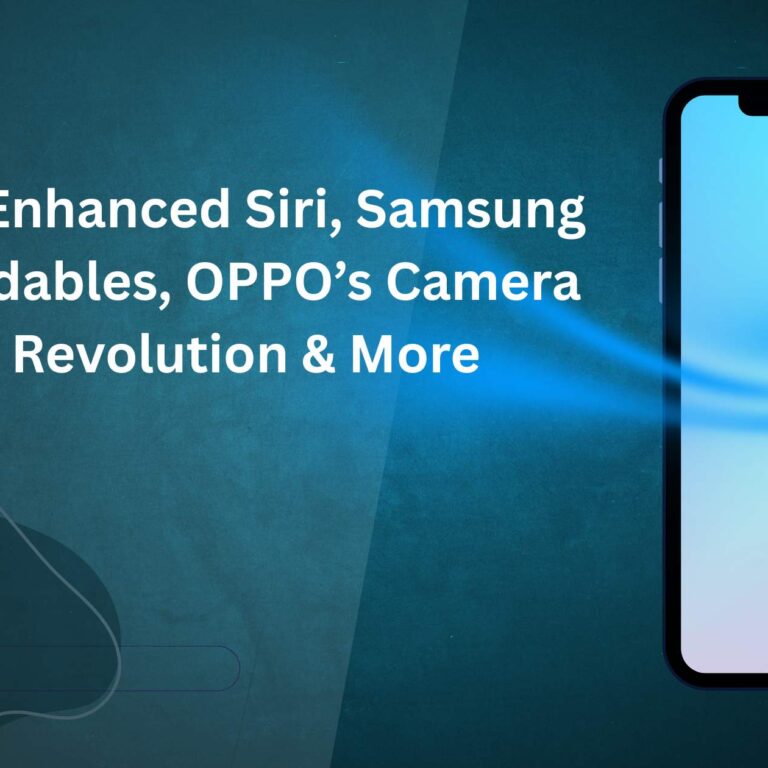

Introduction
What This Means for the Home Theatre Experience?. Google to Dolby Vision and Atmos to Project-Caviar
The home theatre experience is something that we all look forward to. A perfect home theatre is one that has great audio and video quality, with the best speakers and an excellent screen to provide an immersive experience.
However, as much as we love these experiences in our homes, it can also be quite expensive to create the perfect immersive experience. That is why many of us are investing in home theatres in smaller spaces like a media room or a basement. Google’s Project-Caviar aims at making this easier for users who want a cost-effective DIY home theatre solution.
The new update from Google will add Dolby Vision and Atmos support for your project caviar system and this article explains everything you need to know about it.
What is Google Project-Caviar?
Google Project-Caviar is an artificial intelligence platform offered by Google. It enables the development of custom solutions for automated audio, visual and language recognition.
The platform also provides a framework upon which to develop these solutions. It is based on TensorFlow, an open source machine learning framework developed by Google for numerical computation using data flow graphs. It provides a common framework for building custom models that run on multiple hardware platforms including mobile devices, desktops, and servers.
It supports models trained with deep neural networks and convolutional neural networks. In August 2018, Google announced Project-Caviar support for Dolby Vision and Atmos. With the Dolby Vision work with the Google Home Theatre, users can enjoy HDR movies in Dolby Vision format on their home theatre with the Google Home Mini or Home Max. They can also control their home cinema experience with voice commands.
Why is Google adding Dolby Vision and Atmos support to its Audio System?
Dolby Vision is a new high dynamic range (HDR) technology that delivers brighter, more natural images with an increased contrast ratio. Dolby Atmos is a brand-new audio format that provides immersive, realistic surround sound in all three dimensions.
When combined with 4K Ultra HD TV and the right content, these technologies can create an extraordinary immersive experience that can’t be found anywhere else. The Google Audio System supports Dolby Vision and Atmos on the latest Chromecast Ultra, Chromecast 4K and HiFi+ models.
The new Google Home Max also includes Dolby Vision and Atmos support, so you can enjoy the sound of your favorite movies in stunning clarity.
How Does Dolby Vision work with the Google Home Theatre?
Dolby Vision uses the same technology as HDR10, but adds some important features that make it perfect for the Google Home Theatre.
The first is that it supports both HDR10 and Dolby Vision, so you can use it to play both HDR10 and Dolby Vision content on your Google Home Theatre.
The second is that Dolby Vision offers enhanced color accuracy, so you get a much more accurate image when you use it with the Google Home Theatre. By adding Color Coded Audio, this means that you can hear the correct sound at all times.
It’s a really simple way to ensure that your audio experience is always top-notch. Finally, Dolby Vision allows for more dynamic range, which means that you’ll be able to see much more detail in the image than you would with HDR10. This is especially important if you’re using the Google Home Theatre in a brightly lit room, because it will be able to display much more light in dark scenes.
Google adding Atmos support for the home theatre
A major announcement from the parent company, Alphabet Inc., last year revealed that it would add Amazon’s AMP support to its Chrome-based search engine and other products in the coming months. Earlier this month, Google announced similar additions on the home screen of Chromebox for Fire TV. It will now let you locate your preferred device using voice commands, even if the device doesn’t have speakers in the house.
Google added atmos support for the device to help reduce noise or echo in your space. If someone else is watching a movie on that speaker, they can easily say “Hey Chromebox” to activate Google Assistant on their Android phone to play streaming content from those devices. This method can be used as an alternative route to listen to music wherever the speakers are located rather than having separate devices in our homes.
The announcement also adds to the popularity of such services as YouTube Music and Spotify. These apps allow you to discover new songs from all around the world and play them on any compatible device. You don’t need to buy a subscription. As long as your smartphone has playback capabilities (not necessarily just your own device), you’ll still get new songs from artists who make albums on there. This saves money on buying expensive hardware and allows creators to reach more fans.
You can also use such music platforms via the browsers or by adding a Chromebox. In doing so, you can manage your library, set up favorites as well as create playlists with your favorite songs or artist’s catalogs.
These services will provide a platform for free access to audio and video content by publishers at no cost including users like you and me. But because these services are not yet available in Chrome-based devices, we can’t call them out and ask whether they should also do so.
We also can’t see what kind of subscriptions will be required at launch. Or, how much data is being transmitted over Wi-Fi, and which sources are included. Google says it will include atmos support for Google Cast for both Chromeboxes and fire TVs. I wouldn’t expect to hear anything about other third party devices soon but the team said that Google will push for a future update. They only mention it on their website but aren’t really clear on when exactly it might come.
Dolby Developer : Click here
- Do Read: Extended Reality A Future Habitat Version Machine. Click here






